Max Peiffer Watenphul-(1896 - 1976)
Max Peiffer Watenphul (1896 - 1976)-German painter
Biography
Blumenstilleben 1937
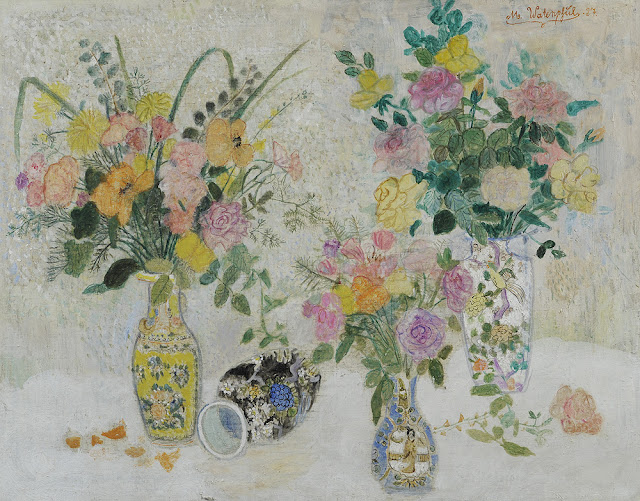
"Max Peiffer Watenphul spent the period from October 1931 to July 1932 in Rome at the German Academy in the Villa Massimo, where other artists residing there at the time included Uli Nimptsch, Ernst Wilhelm Nay, Karl Rössing and Fritz Rhein. He also made friends with Ludwig Curtius, Bernhard Degenhart and Eckert Peterich. In July 1932 he visited Gaeta together with his sister Grace and Erika and Klaus Rössing. In 1933 he received the "Additional Award" of the Carnegie Institute, Pittsburgh, for a floral still-life. Travelling to Italy again in 1936, he visited Rome, Latina, Sorrento, Capri, Ischia and Sicily. By 1937 the situation in Germany was becoming more and more oppressive. His correspondence was intercepted and his paintings were confiscated from German museums: Nationalgalerie Berlin, Folkwang Museum Essen, Städtische Kunstsammlung Kassel, Städtische Kunsthalle Mannheim. The floral still-life, which had won him the Carnegie Award and had meanwhile been hanging in the Nationalgalerie Berlin, was shown in the Nazis’ notorious “Degenerate Art” exhibition in Munich in 1937. In the autumn of that same year, Max Peiffer Watenphul finally decided to move to Italy for good, to which end he was greatly helped by his half-sister Grace, who was married to the Roman architect Enrico Pasqualucci. It was also in that year that the artist’s parents moved to Essen, his stepfather having been prematurely retired from his post as headmaster for political reasons. In December 1937, Max Peiffer Watenphul travelled to the island of Ischia, where he met several German painters and intellectuals, including Werner Gilles, Rudolf Levy, Eduard Bargheer and the composer Gottfried von Einem. Heinrich Watenphul, Max’s stepfather, died in 1940.
By 1941, Max Peiffer Watenphul was in such financial straits that he was obliged to return to Germany and take up a teaching post - obtained for him by Georg Muche - at the Krefeld School of Textile Design as the successor to Johannes Itten. He took over the drawing and painting class. Frequent visits were paid to Oskar Schlemmer in Wuppertal. In 1943, Peiffer Watenphul’s studio was destroyed in an air raid. The summer of that same year was spent in Vienna, whereupon he taught at the Arts and Crafts School in Salzburg until the winter of 1946. Max Peiffer Watenphul was to exercise an enormous influence on the young painters of Salzburg. As a German national, Peiffer Watenphul was refused permission to reside in Austria after 1946 and so he fled across South Tyrol to his half-sister in Venice, where he then lived for the next twelve years. He made friends with the painters Filippo De Pisis and Felice Carena and with the collector Peggy Guggenheim. His first solo exhibition since the end of the war took place in Venice in 1948. His first post-war travels to the south of Italy - to Rome, Naples, Caserta, Positano and Capri - were made in 1949. It was in Positano that he met up again with Karli Sohn-Rethel and Stefan Andres."
Blumenstilleben 1938

Still Life with Flowers, Fruits, and Butterflies, 1936
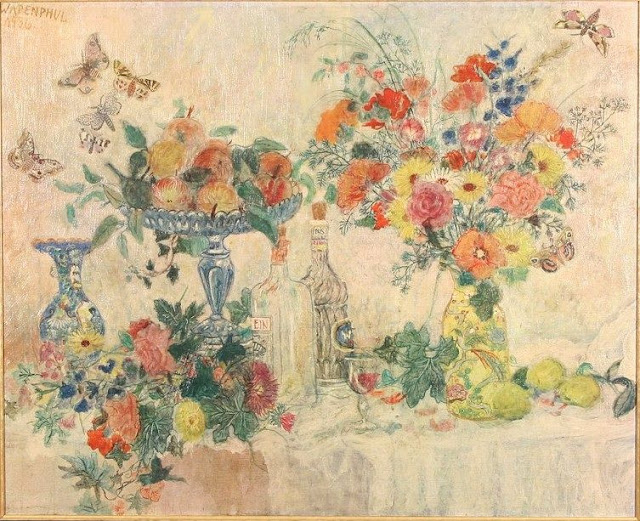
Flower Still Life, 1935


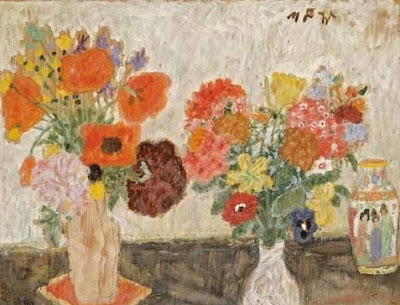
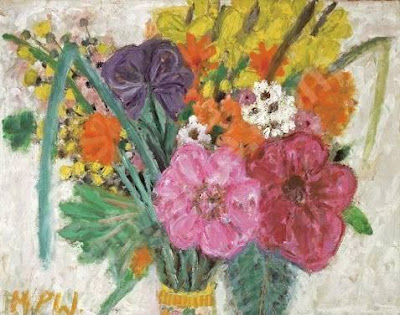
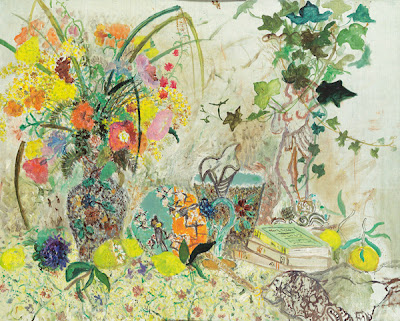

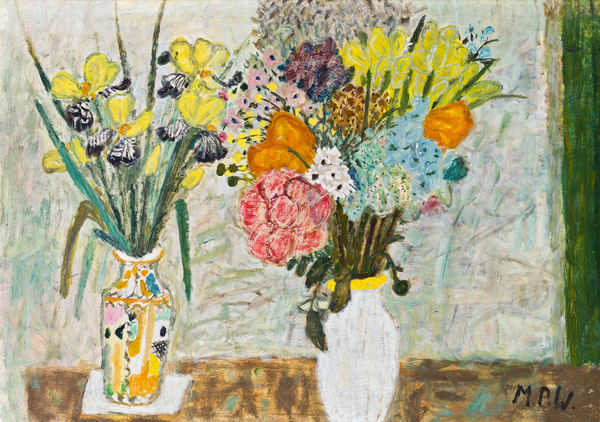
***

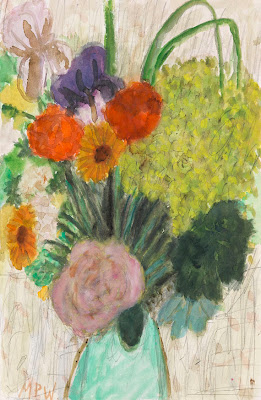
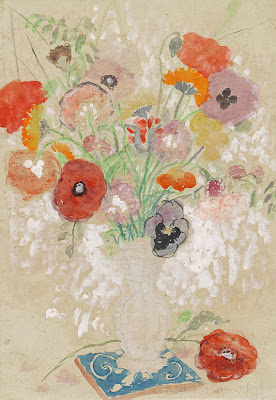

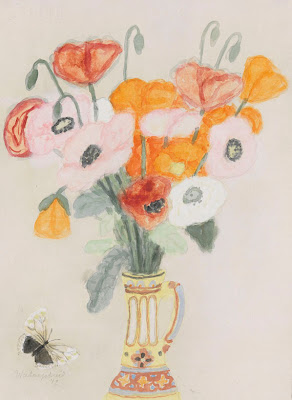

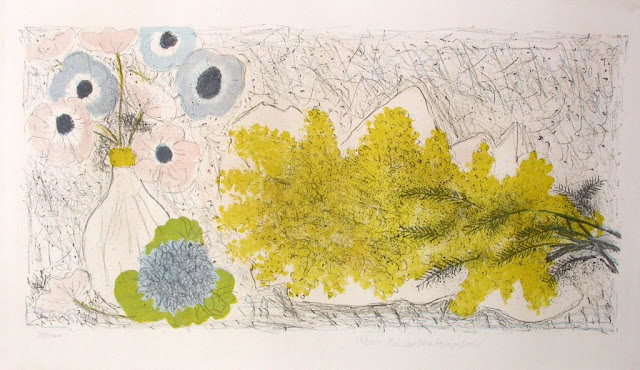
This entry was originally posted at http://elle-belle.dreamwidth.org/1722474.html. Please comment there using OpenID.